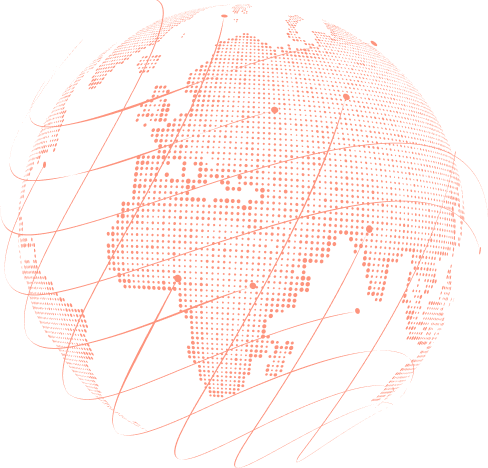Challenge.
Create.Collaborate.
At JatApp, these beautiful words exist not only as a slogan. This is our inner DNA and everyday driver to achieve even more. Together 🧡
 #StandWithUkraine
#StandWithUkraine














At JatApp, these beautiful words exist not only as a slogan. This is our inner DNA and everyday driver to achieve even more. Together 🧡
JatApp is an international IT company that develops and promotes its own mobile, desktop, and web products.
Team members
Years in business
Products in portfolio








Our portfolio includes 18 products in various niches, namely: business, utilities, social, lifestyle, cybersecurity, entertainment and education. Nevertheless, we are open to other categories as it is essential to stay flexible in the technological world.


More than 20 million people use our products every month. The main mission of JatApp products is to make people’s lives brighter and easier by offering modern solutions and best practices.
Here are some 🔥 opportunities